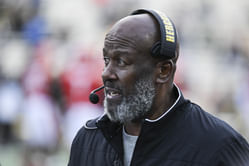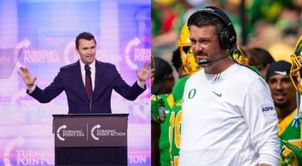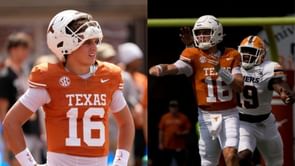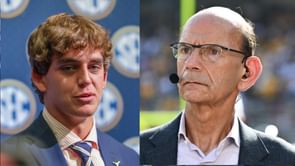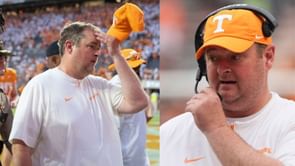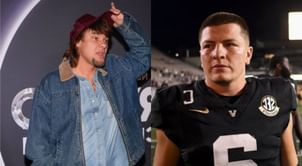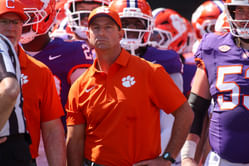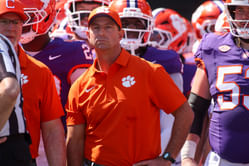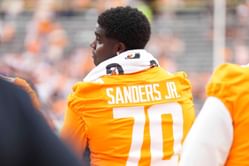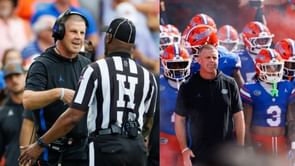
Let's embark on an exciting journey to uncover the story behind the University of Kentucky's beloved Wildcat mascot. But first, let's get familiar with some key details about the university and its athletic identity.
The University of Kentucky is home to the renowned Kentucky Wildcats football program, representing the institution in the thrilling world of American football. They compete in the Football Bowl Subdivision (FBS) of the National Collegiate Athletic Association (NCAA) and the Eastern Division of the Southeastern Conference (SEC). The Wildcats proudly call Kroger Field in Lexington, Kentucky, their home turf, and Mark Stoops is leading the way as head coach. With an all-time record of 645–640–44 and a bowl record of 12–9, the Wildcats have established themselves as a formidable force in college football.
When you think of the University of Kentucky, what image springs to mind? For many, it's the mighty Wildcat, an emblem of strength, resilience, and Kentucky pride. But have you ever wondered why the University of Kentucky's mascot is a Wildcat? This exploration reveals this iconic symbol's intriguing origins and significance.
Kentucky Mascot
The University of Kentucky mascot is the Wildcat, symbolizing not only the university's athletic teams but also representing strength, determination, and pride. More than just a costume, the Wildcat plays a vital role in energizing fans at sporting events, infusing infectious enthusiasm into the crowd, and actively participating in various university functions.
The Story of Kentucky Mascot
The roots of the Wildcat mascot's prominence trace back to a defining moment in the history of Kentucky's athletic legacy. It was 1909, a crisp October 9th, when the Kentucky football team secured a remarkable 6-2 victory over Illinois on the road.
During a chapel service following the game, Commandant Corbusier, head of the military department at the old State University, stood before a gathering of students and delivered words that would leave an indelible mark on the university's history. He lauded the Kentucky football team for fighting "like Wildcats."
The resonance of this simple yet powerful phrase extended far beyond the chapel walls. It encapsulated the indomitable spirit, fierce determination, and relentless effort the university's athletes exhibited on that triumphant day. The "Wildcats" nickname began to gain rapid popularity, endearing itself to passionate supporters and even the media. Fueled by this growing affinity, the "Wildcats" nickname was wholeheartedly embraced by the University of Kentucky, becoming an integral part of its identity.
The Evolution of the Wildcat Mascot
The Wildcat mascot's history in the UK traces back to the same academic year, 1976-77, with Gary Tanner as the inaugural Wildcat. He enthralled audiences at sporting events and academic gatherings alike. Over the years, the mascot family expanded to include Scratch, who caters to a younger audience and hosts the University's official Kids Club. Today, both mascots are common at football and basketball games, academic events, and various University functions.
In 2003 and 2004, Scratch received recognition as part of the Capital One All-America Mascot Teams, competing for the title of the Capital One Mascot of the Year. This charismatic figure added an extra layer of excitement to Kentucky's athletic and academic events.
Kentucky mascot, the Wildcat, born from a football victory and a simple phrase, has become an enduring symbol of pride, unity, and school spirit at the University of Kentucky. It roars with pride, embodying the heart of the Big Blue Nation.
FAQs
A1: The mascot of the University of Kentucky is the Wildcat.
A2: The Wildcat mascot embodies the spirit of strength, determination, and pride, serving as a symbol of the institution's identity and sportsmanship.
A3: The "Wildcats" nickname became synonymous with the university after a football victory over Illinois in 1909 when Commandant Corbusier praised the team for fighting like Wildcats.
A4: The Wildcat mascot originated during the 1976-77 academic year, with Gary Tanner as the original Wildcat.
A5: Yes, in addition to the original Wildcat, Scratch, a child-friendly mascot, also represents the University and participates in various events alongside the original mascot.
